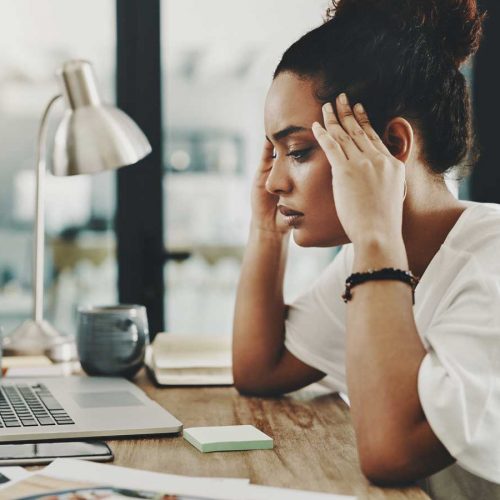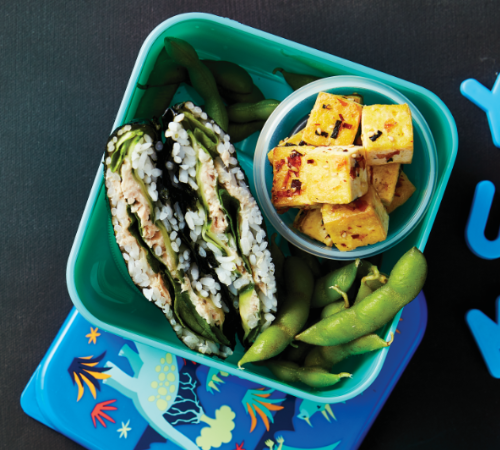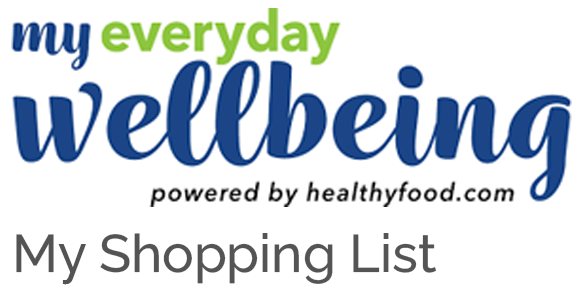
If the last few years have taught us anything, it’s that life doesn’t always proceed smoothly. When day-to-day challenges become difficult to handle, our emotional health can take a tumble, especially if our ‘fuel tank’ is already low.
Having healthy habits in place are incredibly important so we can navigate the normal ups and downs of day-to-day life, and also be better prepared to manage ourselves during the tough times in healthy and productive ways.
Self care doesn’t look the same for everyone though, and there’s no one-size-fits-all wellbeing checklist. What works when you have a low mood or low energy might be very different from the action you might need to take when we’re feeling anxious or highly strung, and what works for you, might be different to what works for someone else in a similar situation.
So, how are you supposed to know what works for you?
In the first instance the focus is to become more self aware. When you understand yourself, your needs and the challenges you face, you will be more equipped to find solutions that appeal to you. You’ll be able to collate a wellbeing toolkit that is right for you, being practical to implement in the time and space you have.
This month’s challenge is: Identify wellbeing strategies to add to your toolkit
Creating your plan
A plan will help ensure that your battery is regularly topped up, so that you have more ‘fuel in the tank’, should you need it.
Take some time to ask yourself the following questions and write your answers down. As part of the process, identify one action or strategy you will start to practice daily in each area outlined in this PDF – even a couple of minutes a day will work, it’s about being intentional and consistent.
When choosing strategies and actions to support better mental and physical wellbeing, identifying what’s meaningful to you – your why – will make it easier to stick to. Ask yourself in all situations: How can I prioritise these tools in my daily routine?
Here’s a message from our Director, Tim, on the challenge:
| Questions to ask yourself | Examples of tools: Actions, strategies, activities | |
|---|---|---|
| Managing Stress | • What situations or circumstances cause me to feel stressed? E.g. work pressure, deadlines, relationships • What has worked in the past or what could I try now to manage these situations better? | • Practice mindfulness or meditation • Engage in deep breathing exercises • Establish boundaries • Delegate tasks • Take regular breaks • Engage in hobbies or activities that bring joy and relaxation |
| Eating Well | • What makes it hard to eat well and make healthy choices in my life at the moment? • What solutions could work to help me eat better? | • Plan and prepare healthy meals in advance • Include a variety of fruits and vegetables in the diet • Limit processed foods and excess sugar • Stay hydrated • Practice mindful eating |
| Sleeping | • What is getting in the way of me getting good sleep at the moment? E.g. busy mind, working at night • What could I do to improve the quality and quantity of my sleep? | • Maintain a consistent sleep schedule • Create a relaxing bedtime routine • Avoid electronics before bed • Create a comfortable sleep environment • Limit caffeine and alcohol intake |
| Keeping Active | • What is stopping me exercising as much as I would like to/need to at the moment? • How can include move movement into my day? | • Engage in regular physical activity (e.g., walking, jogging, yoga, dancing) • Find activities that are enjoyable, set achievable goals • Incorporate movement into daily routines |
| Dealing with difficult emotions | • What situations or circumstances trigger challenging emotions? • How can I manage these challenging feelings? | • Seek support from a therapist or counsellor • Practice self-compassion • Engage in journaling or expressive writing • Practice relaxation techniques such as deep breathing or progressive muscle relaxation |
| Social Connection | • Am I getting enough social contact? • Who makes me feel good when I am around them? • What can I do to feel more connected? | • Prioritise/schedule time with loved ones and friends • Join social or community groups, volunteer or engage in group activities • Use technology to connect with friends and family who live apart |
Remember, building a personal well-being toolkit is a process and will likely involve trial and error. Start with small steps and focus on what works best for you.
www.myeverydaywellbeing.com













